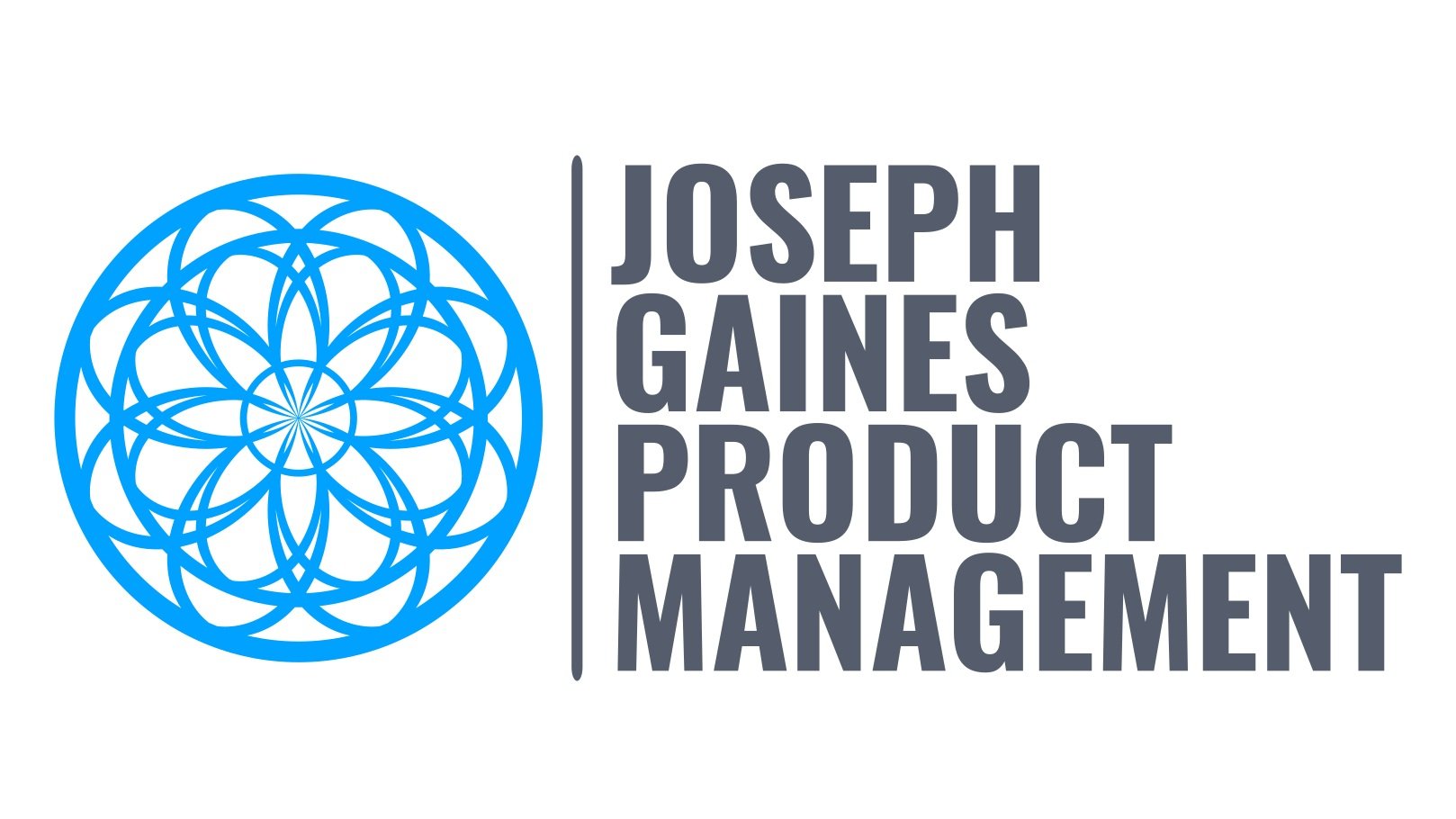When it comes to carbon credits, what's fact and what's fiction?
Ryan Orbuch. (Photo: Lowercarbon Capital)
“Turns out you can’t spend ten dollars a ton and do anything real,” says Ryan Orbuch of Lowercarbon Capital on the latest episode of Catalyst with Shayle Kann. "The thing that the entire old market conspired to do... was convince you, the buyer, that that was possible. That there were enough tons at a low enough price with their stamp that you could do that. And the aren't, and there never have been."
In this conversation, Orbuch and Kann survey the current state of affairs when it comes to the buying and selling (and verifying) of carbon credits for things like avoided deforestation, renewable energy, and more.
As a market, carbon credits bought and sold by companies are down year over year in 2023 for the first time in a long while. But it sounds as though after years of improperly vetted and unverifiable carbon credit projects and trades, there's now enough of an inflection point that you can perhaps begin to distinguish between "old" and "new" carbon markets (or at least see better what a "new" market might potentially look like).
Orbuch considers whether and when interventions like these actually impact the carbon cycle, neatly summarizes the history of how misaligned incentives distorted everything in the first place -- and explores what might come next.

